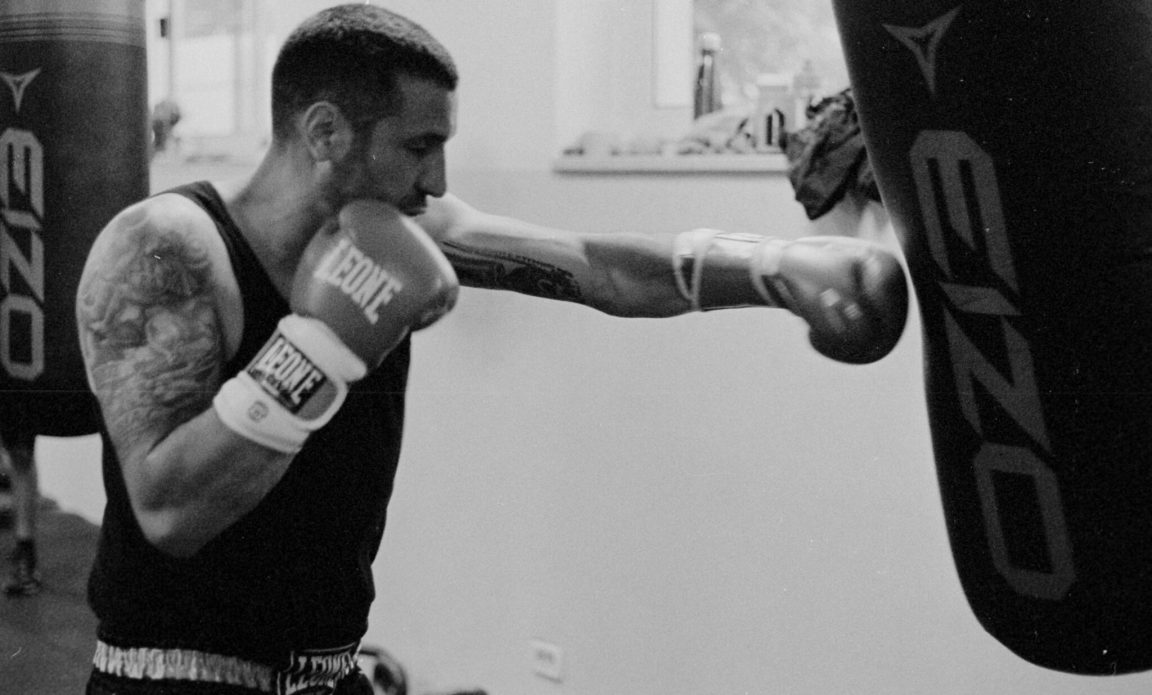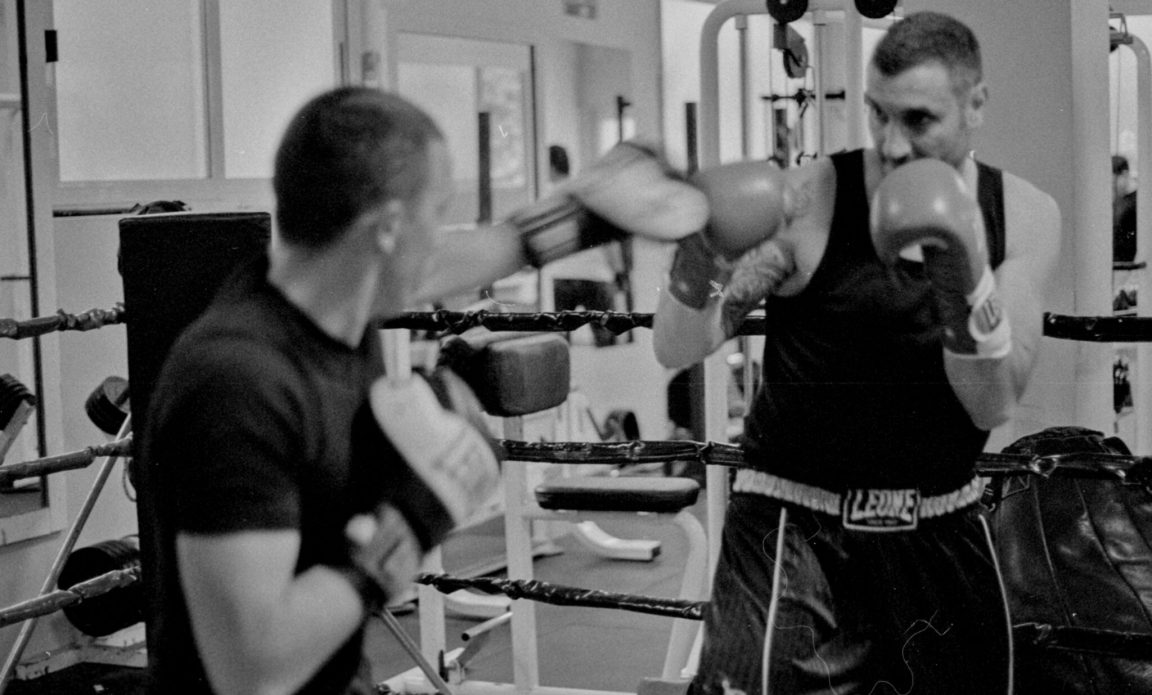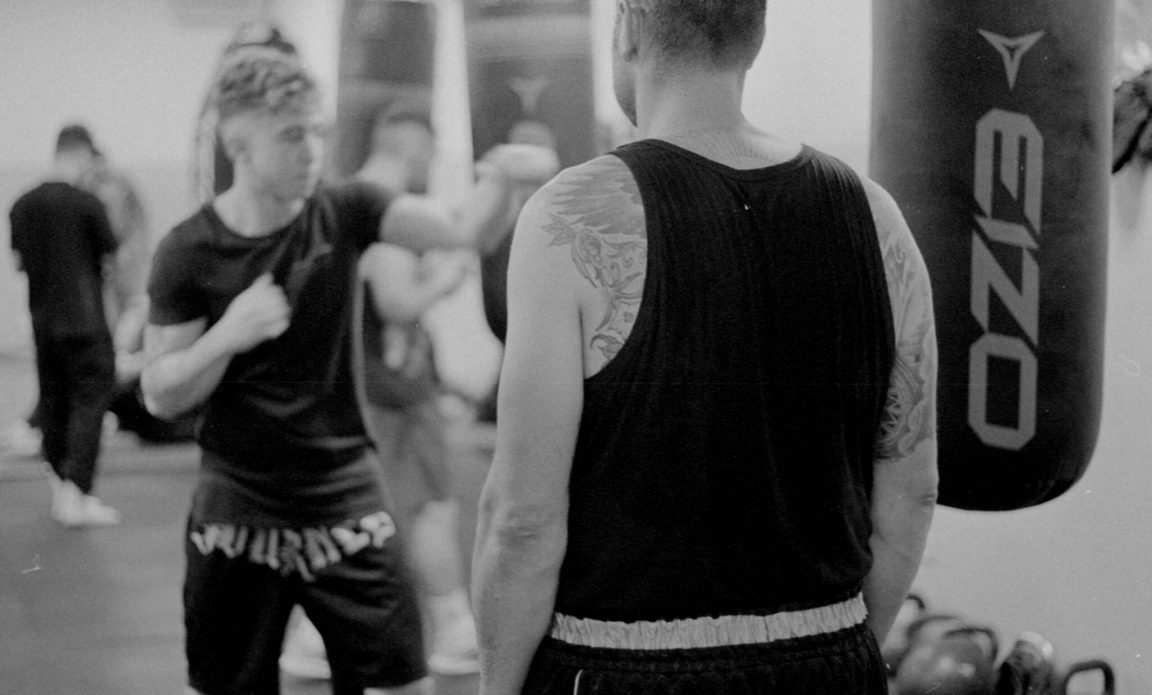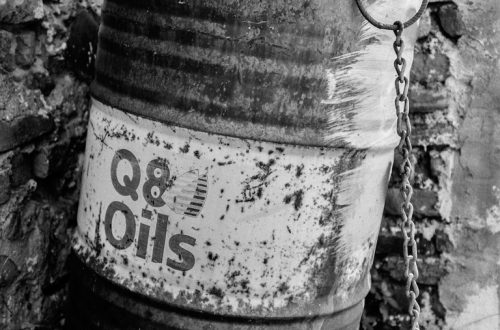
Learning to Shoot Boxing Matches
Taking pictures in a boxing gym during regular training is a unique way to learn to understand when ‘the moment’ – a hit, a miss, a bob or a weave – is coming and develop an instinct for composition – Initially published on 35mmc.com
This is important for two reasons.
Firstly, as always with sports photography, you need to know the discipline you want to shoot and practice different options. But, in a classic Catch 22, if you don’t attend a fair number of bouts at ringisde, you won’t know the discipline and learn how to photograph it. Spending time in a gym, then, is the best second best option for a photographer with no prior knowledge of the art, wanting to enter the world of boxing.
Secondly, it is important to understand that things happen differently during training than they do on fight night. The main difference is that during training, the athletes… train. This means that it is possible to take a wide range of pictures, including rope jumping, focus mitts punching, and heavy-bag hits. They are not strictly fight-related, but challenging to shoot nonetheless.

Further to that, talking about sparring, the way it is managed also allows photographers to stay at the same level as the athletes, an opportunity that doesn’t come often when working at ringside in an official bout. In this last case, among other limitations, the photographer is only allowed to stand at floor-level, while the ring is at a higher level to improve the visibility for audience seating far and behind.
The space at ring level is limited and it is often reserved for cameramen or official photographers. Moreover, it is simply inappropriate to try to stay close to fighters’ corners. This is the place where the most dramatic events unfold, and this is exactly why you won’t be seen as an annoyance by people involved in a serious business. By contrast, a sparring session allows a closer shooting, staying away from the ring ropes that usually make it complicated to compose properly.

Mitts training is a source of endless inspiration: when the coach and the pugilist move in sync the overall result is like a dance.

Another source of insipiration is teaching. Teaching is how the bond between the fighter and his trainer grows. This bond reaches its maximum strength on the night of the fight, after which, depending on the outcome, it may be stronger or shattered. In a long-term reportage following the career of a boxer or coach, preserving the memory of the early moment together may be important to tale the whole story.

To sum up, spending time in a boxing gym is a very effective way to get along with the sport. It allows to try out different compositions and to develop reflexes as fast as those of the pugilists to capture the crucial moments of the match, when the time comes.
For those interested in the technical details, in this set I used a Canon EOS 1V and a Canon 50/1.8 with an Ilford HP5. The film was scanned with a Nikon LS4000ED and (slightly) touched up with Photomator.




